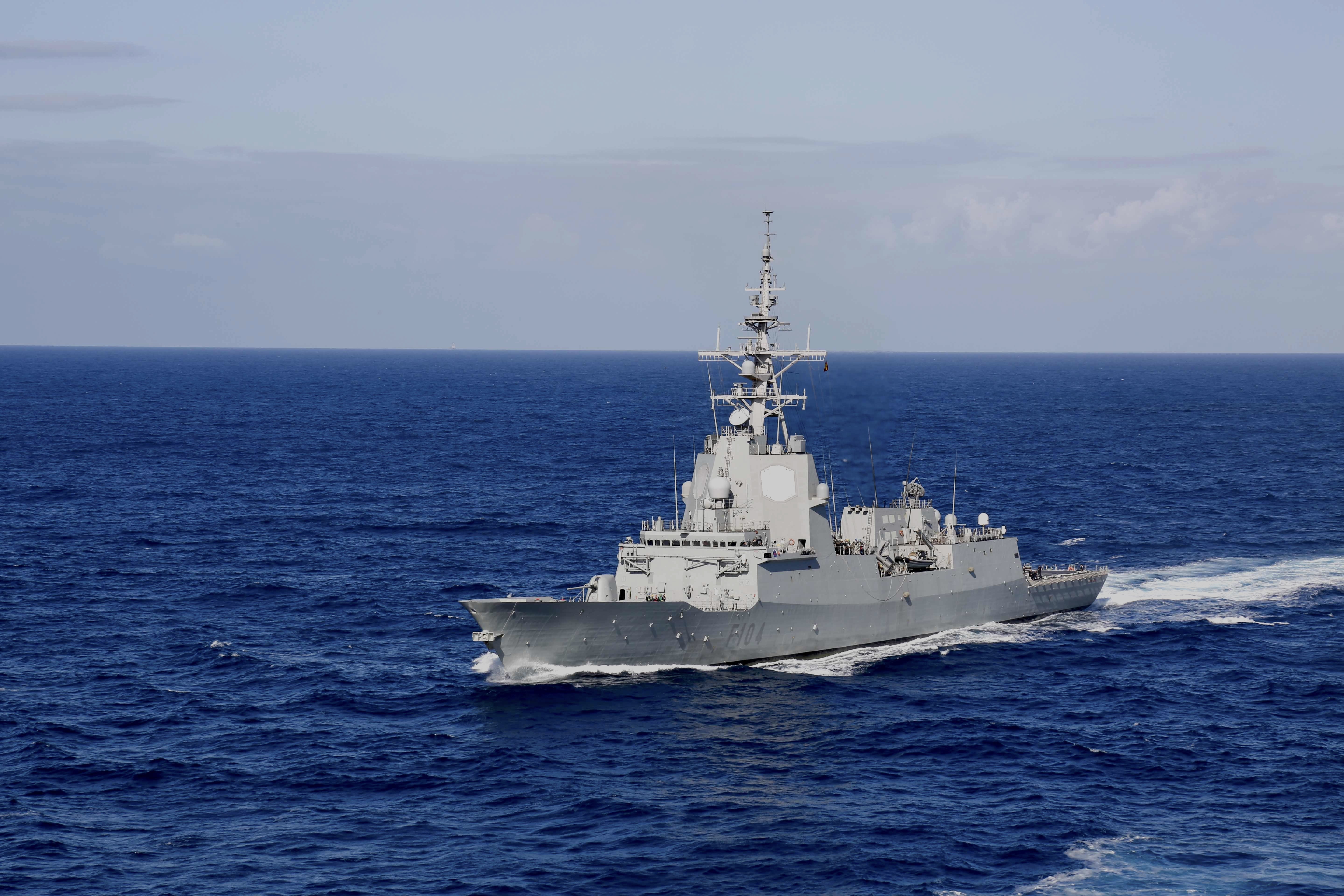How much will Canada's new frigates really cost? The navy is about to find out
'Requirements reconciliation' isn't exciting - but it could decide whether the navy gets the ship it wants
By the standards of most people, what's going on this week and over the next few months in the back rooms of the navy, and at Irving Shipbuilding in Halifax, is pretty boring.
Civilian bureaucrats and military planners call it "requirements reconciliation." And even hardened military observers and procurement geeks will have a tough time getting excited about this laborious line-by-line review of Lockheed Martin Canada/BAE Systems' bid to design the navy's new frigates.
What is important — the reason why taxpayers should be paying attention — is the fact that with the stroke of a pen, hundreds of millions of dollars could be added to, or subtracted from, the cost of Canada's next generation of 15 warships.
It's something we were all reminded of with Friday's release of the latest Parliamentary Budget Office report, which projects that the cost of the program over 26 years likely will top $69.8 billion. That's $8 billion more than the watchdog's last estimate in 2017.
The reconciliation phase is, from the navy's point of view, the crucial period when a designer's promises of performance and capability are (or are not) turned into engineering reality.
A last chance for Ottawa to pinch some pennies
It's also the time when sticker-shocked governments seek to put curbs on the amount of pricey equipment that gets bolted to the hulls.
Parliamentary Budget Officer Yves Giroux said that if he "were a betting man," he would expect costs to go up as a result of the work being carried out now.
But there's precedent for trade-offs that could reduce the cost, or limit price spikes — through buying different equipment or materials, for example, or even through purchasing fewer ships.
The decisions made in the coming weeks will affect at least one generation of sailors (possibly two) that will crew these warships.
"We have a fairly good understanding of the areas we are looking at," said Pat Finn, a retired rear admiral who heads the Department of National Defence's procurement section.
The vessel the Liberal government has selected as Canada's next frigate will be based on the British Type 26 design, a warship that has yet to enter service (steel on the first ship was only cut in July, 2018).
Finn said that in some cases, the Department of National Defence is "re-looking at some of the requirements" the navy set for its warship.
That's significant news on several different levels.
One of the companies that lost the design competition — Alion Science and Technology Corp., along with its subsidiary Alion Canada — is suing in Federal Court, claiming that, among other things, the Lockheed Martin Canada design does not meet the navy's requirements.
One of the arguments underlying their complaint is that the Type 26 will not be able to meet the fleet speed requirements set out in the tender.
Defence expert Dave Perry, of the Canadian Global Affairs Institute, said he doubts the decisions being made over the next few weeks will put the federal government in any legal jeopardy.
Will the navy get what it wants?
But Finn's remarks do raise the question of whether the navy — and, by extension, the country — will get the warship it needs.
In addition to the U.K. and Canada, Australia also is in line to buy and build the untested warship.
The line-by-line review will, among other things, look for common requirements and design points among the three nations, said Finn.
"It could trigger some changes, and in some cases it could trigger some changes that align more with what the U.K. and Australia (are) already doing, which means it reduces some complexity because it eliminates the need to make some changes to what we call the parent design," he said. "And we're being very careful on schedule and, quite frankly, cost."
The pressure to not make too many changes at this stage of the procurement process is enormous from a business perspective, because Irving Shipbuilding already is facing a production gap between the new frigates and the Arctic Offshore Patrol Ships, which continue to be churned out in Halifax.
The more frigate design changes there are, the more likely a gap in production becomes — along with layoffs among shipyard workers as a consequence. (The federal government recently announced it will build a sixth patrol ship for the navy and two additional vessels for the Canadian Coast Guard to mitigate that shortfall. How that affects the proposed gap is uncertain.)
The last time the navy went through this kind of reconciliation exercise for a warship design was for the construction of the Arctic patrol ships.
'Penny-wise, pound foolish'
Critics have argued that, because of cost restrictions, the capability of those patrol ships was watered down to the point where some defence analysts have questioned their usefulness.
Perry said he doesn't think that kind of dynamic is at play with the frigate program, but the temptation to be "penny-wise and pound foolish" is out there.
"We're trying to make smart decisions for long-term, recognizing the costs are enormous, no matter how you slice it," he said. "I think we're in the appropriate space to not save every nickel we could, whereas that has definitely happened in the past."
Asked directly whether the navy will get the warship it wants, Finn was categorical in his answer: "We will ensure the navy gets the ship that it needs and the navy is at table with us. The changes and the work we do is signed-off by them."





